Breadcrumb
Cole bio-impedance model variations in daucus carota sativus under heating and freezing conditions
This paper reports on the variations in the parameters of the single dispersion Cole bio-impedance model of Daucus Carota Sativus (carrots) under heating and freezing conditions. Experiments are conducted on six samples with recorded live bio-impedance spectra versus temperature. The Cole model parameters are extracted from the measured data using the Flower Pollination Algorithm (FPA) optimization technique and their variations are correlated with well-known bio-chemical and bio-mechanical variations. This represents a non-invasive method for characterizing and measuring the degree of change
Fractional-order bio-impedance modeling for interdisciplinary applications: A review
Bio-impedance circuit modeling is a popular and effective non-invasive technique used in medicine and biology to fit the measured spectral impedance data of living or non-living tissues. The variations in impedance magnitude and/or phase at different frequencies reflect implicit biophysical and biochemical changes. Bio-impedance is also used for sensing environmental changes and its use in the agriculture industry is rapidly increasing. In this paper, we review and compare among the fractional-order circuit models that best fit bio-impedance data and the different methods for identifying the
Coagulation/flocculation process for textile mill effluent treatment: experimental and numerical perspectives
This study investigates the feasibility of applying coagulation/flocculation process for real textile wastewater treatment. Batch experiments were performed to detect the optimum performance of four different coagulants; Ferric Sulphate (Fe2(SO4)3), Aluminium Chloride (AlCl3), Aluminium Sulphate (Al2(SO4)3) and Ferric Chloride (FeCl3) at diverse ranges of pH (1–11) on the removal of chemical oxygen demand (COD), total suspended solids (TSS), colour, total nitrogen (TN) and turbidity from real textile wastewater. At pH 9, FeCl3 demonstrated the most effective removal for all studied
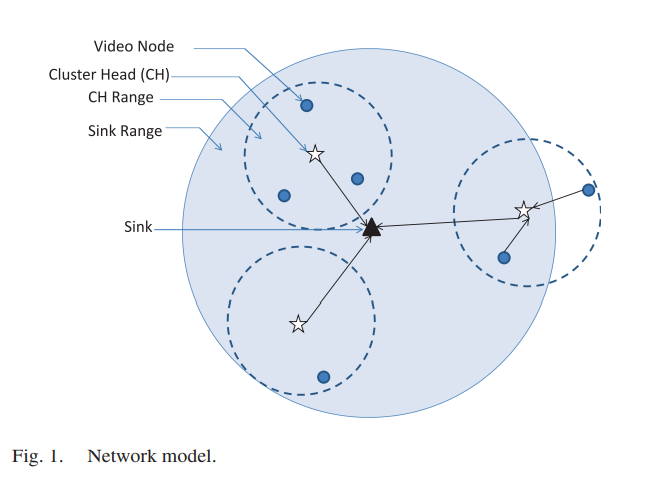
Optimal resource allocation for green and clustered video sensor networks
Wireless video sensor networks (WVSNs) are opening the door for many applications, such as industrial surveillance, environmental tracking, border security, and infrastructure health monitoring. In WVSN, energy conservation is very essential because: 1) sensors are usually battery-operated and 2) each sensor node needs to compress the video prior to transmission, which consumes more power than conventional wireless sensor networks. In this paper, we study the problem of minimizing the total power consumption in a cluster-based WVSN, leveraging cross-layer design to optimize the encoding power
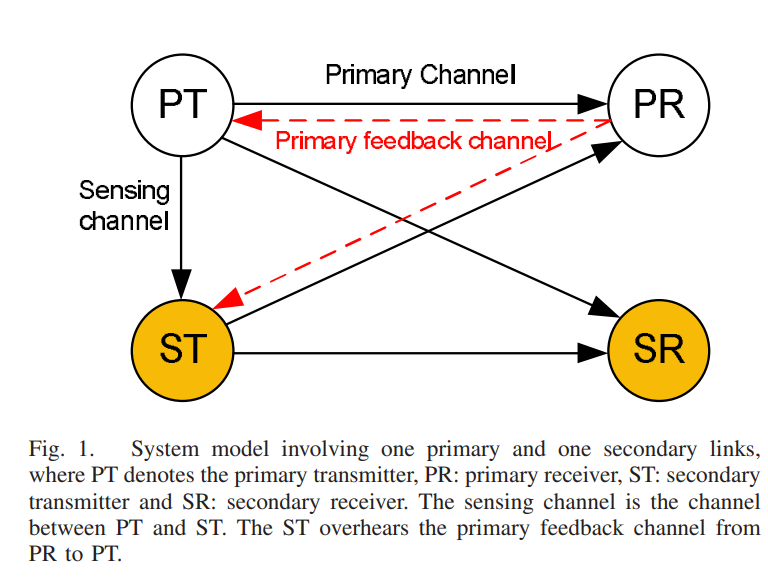
Leveraging primary feedback and spectrum sensing for cognitive access
We consider a time-slotted primary system where both the primary channel and primary activity are modeled as two independent two-state Markov chains. The primary transmitter can be idle or busy, whereas the channel can be in erasure or not. Moreover, the sensing channel between the primary transmitter and secondary transmitter is modeled as a two-state Markov chain to represent two levels of sensing reliability. At the beginning of each time slot, the secondary transmitter may remain idle, transmit directly, or probe the channel and access the channel only if it is sensed to be free. At the
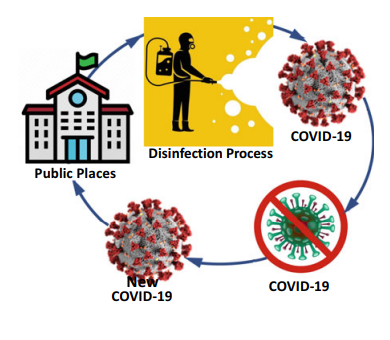
Optimum Scheduling of the Disinfection Process for COVID-19 in Public Places with a Case Study from Egypt, a Novel Discrete Binary Gaining-Sharing Knowledge-Based Metaheuristic Algorithm
The aim of this paper is to introduce an improved strategy for controlling COVID-19 and other pandemic episodes as an environmental disinfection culture for public places. The scheduling aims at achieving the best utilization of the available working day-time hours, which is calculated as the total consumed disinfection times minus the total loosed transportation times. The proposed problem in network optimization identifies a disinfection group who is likely to select a route to reach a subset of predetermined public places to be regularly disinfected with the most utilization of the
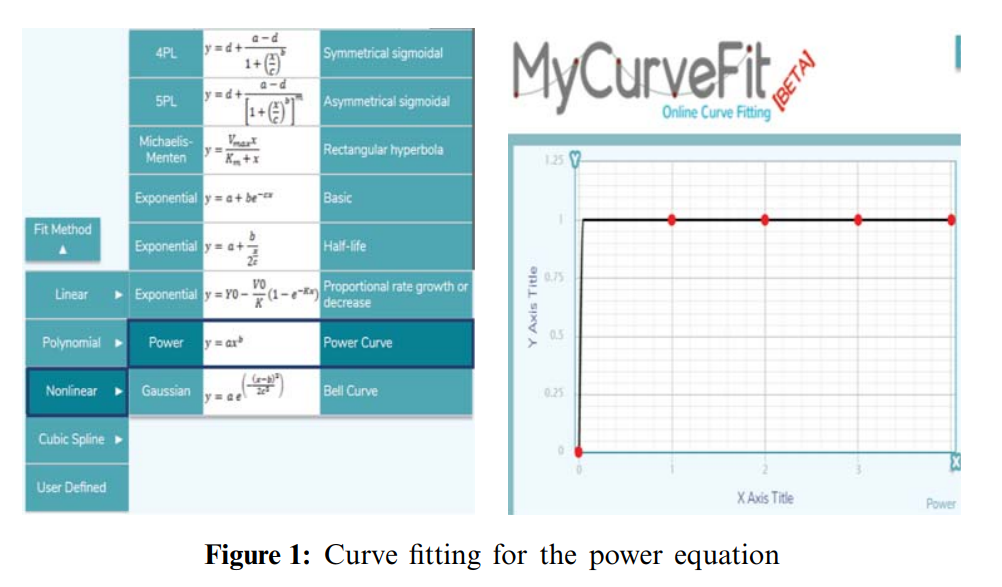
Optimum Location of Field Hospitals for COVID-19: A Nonlinear Binary Metaheuristic Algorithm
Determining the optimum location of facilities is critical in many fields, particularly in healthcare. This study proposes the application of a suitable location model for field hospitals during the novel coronavirus 2019 (COVID-19) pandemic. The used model is the most appropriate among the threemost common locationmodels utilized to solve healthcare problems (the set covering model, the maximal covering model, and the P-median model). The proposed nonlinear binary constrained model is a slight modification of the maximal covering model with a set of nonlinear constraints. The model is used to
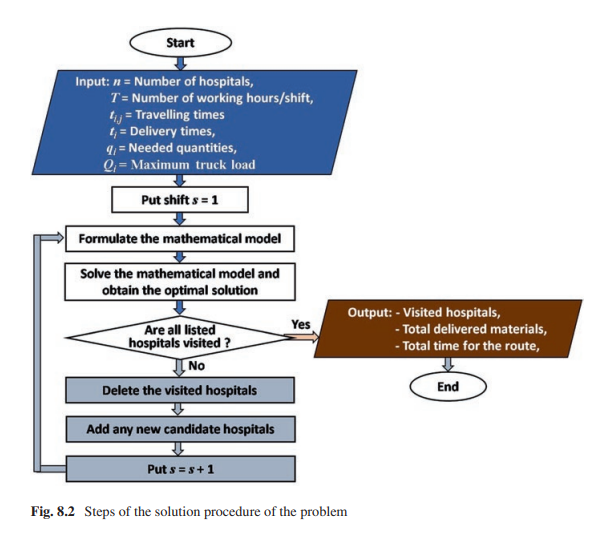
Optimum distribution of protective materials for COVID−19 with a discrete binary gaining-sharing knowledge-based optimization algorithm
Many application problems are formulated as nonlinear binary programming models which are hard to be solved using exact algorithms especially in large dimensions. One of these practical applications is to optimally distribute protective materials for the newly emerged COVID-19. It is defined for a decision-maker who wants to choose a subset of candidate hospitals comprising the maximization of the distributed quantities of protective materials to a set of chosen hospitals within a specific time shift. A nonlinear binary mathematical programming model for the problem is introduced with a real
Comparative Analysis of Various Machine Learning Techniques for Epileptic Seizures Detection and Prediction Using EEG Data
Epileptic seizures occur as a result of functional brain dysfunction and can affect the health of the patient. Prediction of epileptic seizures before the onset is beneficial for the prevention of seizures through medication. Electroencephalograms (EEG) signals are used to predict epileptic seizures using machine learning techniques and feature extractions. Nevertheless, the pre-processing of EEG signals for noise removal and extraction of features are two significant problems that have an adverse effect on both anticipation time and true positive prediction performance. Considering this, the
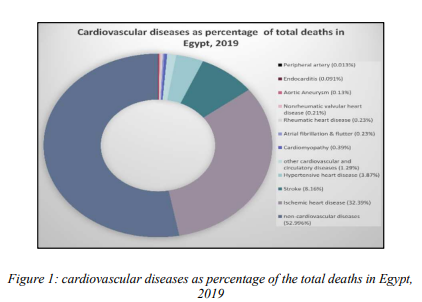
CFD analysis of transient blood flow in a cerebral aneurysm: A comparison between a healthy and diseased model
The unsteady flow field variations between healthy and diseased three-dimensional rigid posterior cerebral artery are numerically investigated. The Computational hemodynamic simulations have been known to provide valuable clinical information to researchers and surgeons that proved to be crucial for the assessment of medical risks, pre-surgical conditioning and treatment planning. The wall shear stress (WSS) and wall pressure are the most important hemodynamic variables, and both are used to give accurate description about the health status of the artery. The results showed that at the
Pagination
- Previous page ‹‹
- Page 15
- Next page ››
